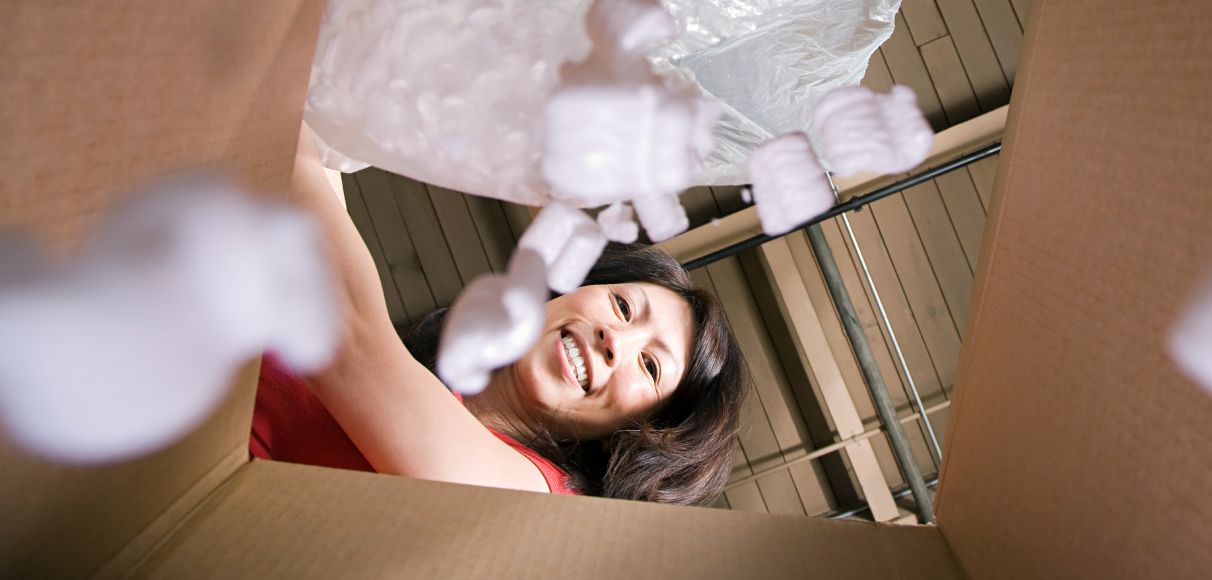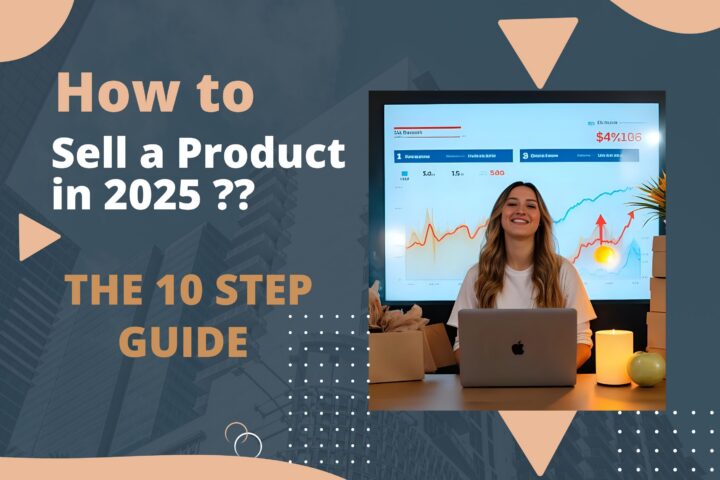When you ship a product to a client or customer, you want that product to arrive in one piece. Packaging a product with void fill restricts the item’s movement and absorbs any shock it may experience in transit.
Void fill protects the items within a package, but there are many kinds of void fill, and some are better suited to protecting certain items than others. If you want to give your customers a great buying experience, let’s look at the different types of void fill and how to choose the right one for your packaging.
What To Consider When Choosing a Void Fill
When choosing a void fill, you should consider the following:
- Product weight and shape
- Shipping distance
- Product fragility
- Number of items
- Eco-friendliness
If your product is heavy, or you’re shipping many items in one package, you’ll want a durable, lightweight void fill that won’t add too much to your shipping costs. Conversely, if your product is particularly fragile, you’ll need a soft void fill that can absorb impact while conforming to the shape of your product. Also, keep in mind that the farther you ship your product, the longer the void fill must withstand the test of time. Finally, if your business wishes to maintain eco-friendly practices, don’t forget to consider compostability.
Different Types of Void Fills
It’s worth noting that, while there are many different types of void fill, your business may need more than one kind. All void fill types have different pros and cons, so don’t be afraid to mix and match!
Paper-Based Fill
Paper void fill is incredibly affordable, dynamic, and eco-friendly. Sheet, shredded, and crinkle paper void fill are options—all of which are lightweight. However, paper fill doesn’t absorb impact very well, so it’s not great for fragile products.
Foam Peanuts
Foam peanuts are also very inexpensive and can conform to a product’s shape, but they can be messy. If you’re looking for something more eco-friendly, there are biodegradable foam peanuts, but these are more expensive.
Custom Inserts
Custom inserts can be corrugated cardboard or foam inserts. While inserts tend to be more expensive, they are helpful when your product has a unique shape.
Air Pillows
High-quality air pillows won’t pop and will conform to your product. They’re a versatile option, but they aren’t great for protecting heavy objects, as they will deflate.
Bubble Wrap
Much like air pillows, bubble wrap is great at conforming to the shape of your product. However, they can quickly add weight to a package, making shipping more expensive.
Which Void Fill Is Right for Your Package?
Now that you know a bit more about void fill for your packaging, it’s time to ask the ultimate question—which is right for you?
If your products aren’t particularly fragile, and you need something affordable and sustainable, paper void fill is your best bet. Even better, you can use paper void fill machines in your packaging process to further save on labor costs. However, if your product is fragile, foam peanuts, air pillows, and bubble wrap are best. If you’re shipping long distances, foam peanuts are a must for their durability. And lastly, if you have a product that has very specific needs—such as being heavy, fragile, and oddly shaped—you’ll need to invest in custom inserts. That way, you can ensure your customers never have to deal with damaged goods and fussy returns ever again!









